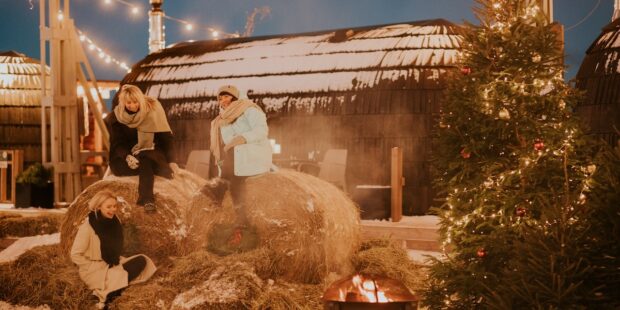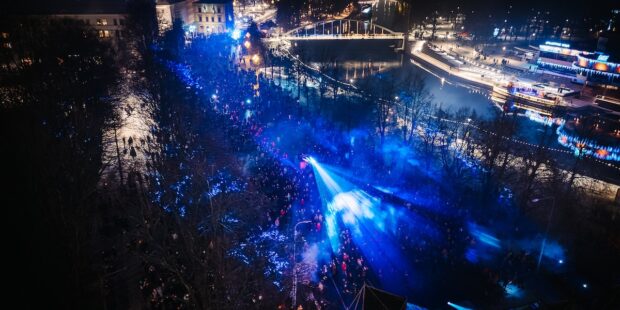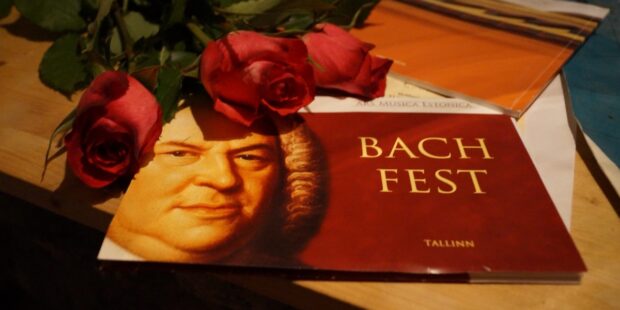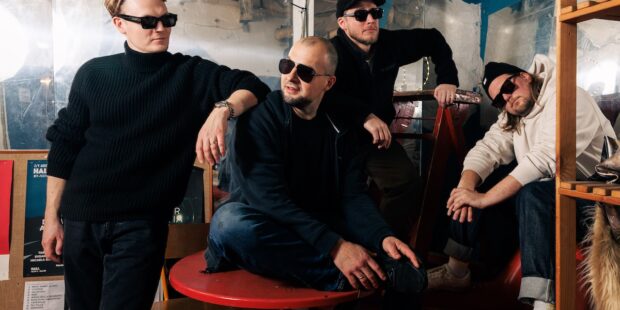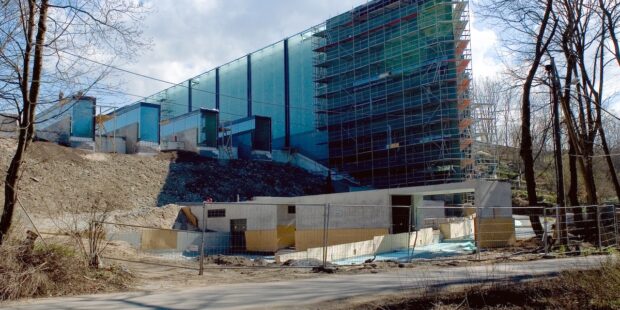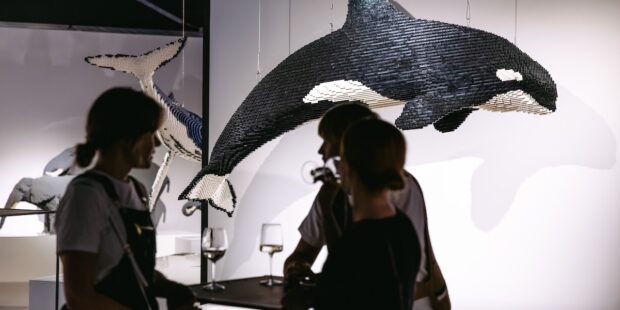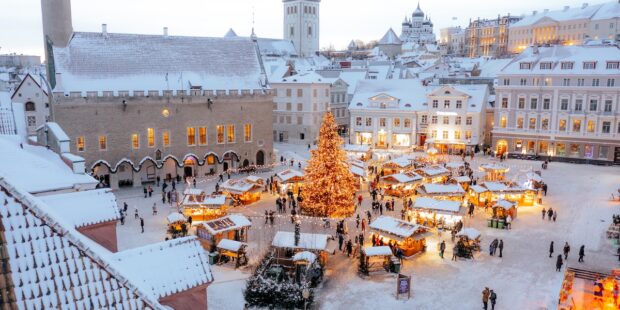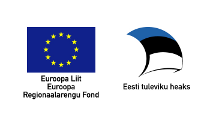National Folk Costumes: What You Need to Know
Text Stewart Johnson Photo Andrei Chertkov
Estonia’s internationally famous Song and Dance Festival is only a couple weeks away. Anyone visiting Estonia, no matter where you go, will likely see at least one person wearing a “national folk costume”, or the clothing that was traditionally worn in days gone by—rahvariided in Estonian. This clothing, however, is more than just a suit or dress from a bygone time. Each person’s outfit is unique to that person, and not just because people have different physical measurements.
The material used, especially the patterns, is specific to where the wearer is from. You’ll notice individual designs upon closer inspection. Each garment, each item being worn, naturally has a pragmatic use, but its decorative function also tells the story of the wearer. Where they are in life, where they’re from, and who they are. You’re not just seeing a cute, old-style outfit at a large song and dance festival, you’re seeing people’s histories, as individuals, and as a nation.
Several museums across Estonia have exhibits showcasing their local flavor of national folk costumes. The Estonian National Museum, or ERM, likely has the greatest exhibit of all. At the moment there is a fascinating exhibit at the ERM’s Heimtali Museum in Viljandi, which focuses on local folk clothing. Visitors can see how fabrics are hand-woven on looms, how lace is crocheted, and even the dyeing process is displayed.
Many guests participating in the Song and Dance Festival will also be wearing their own national folk costumes, be they locals, or international guests. If you need help getting your outfit just right, the ERM can help you, but only for one more day. At the main event itself, the museum will also have a help tent to fix small “wardrobe malfunctions”. You can read about it in Estonian here.
To learn more about this and similar topicsERM Estonian clothing Heimtali Museum national folk costume Song and Dance Festival Viljandi


